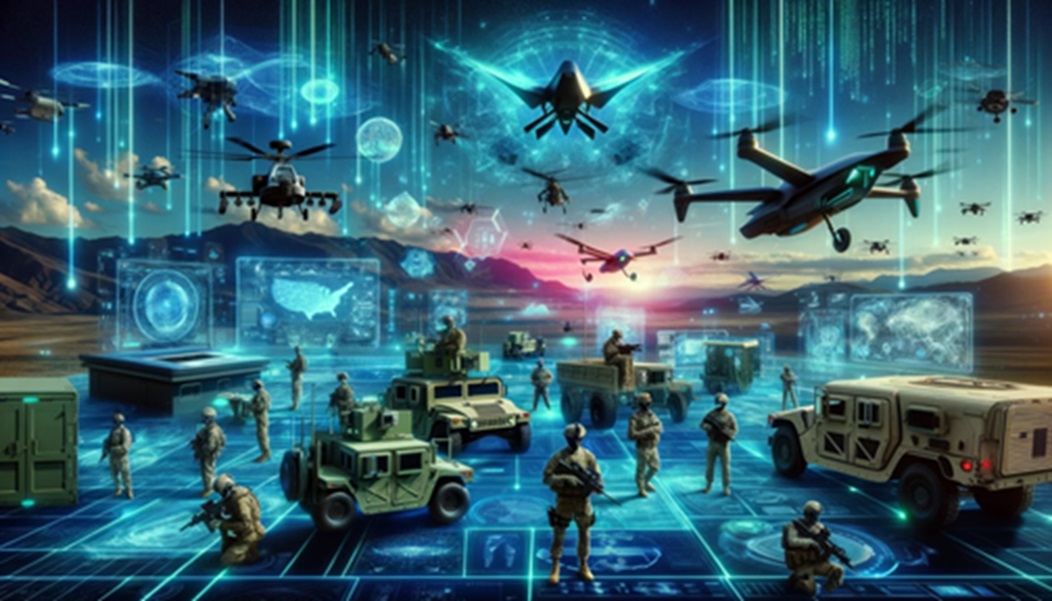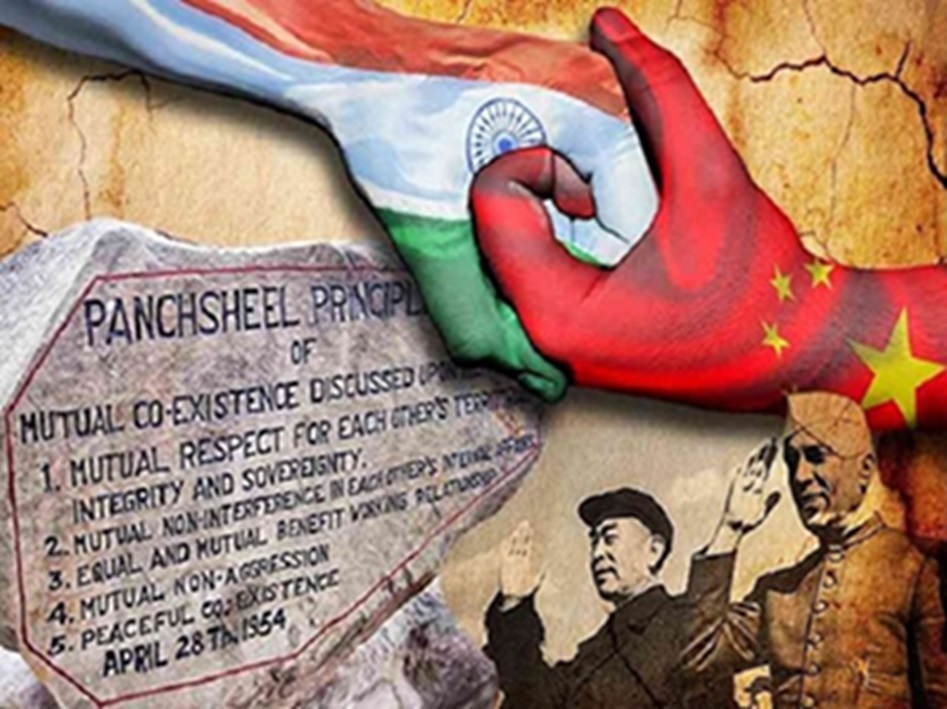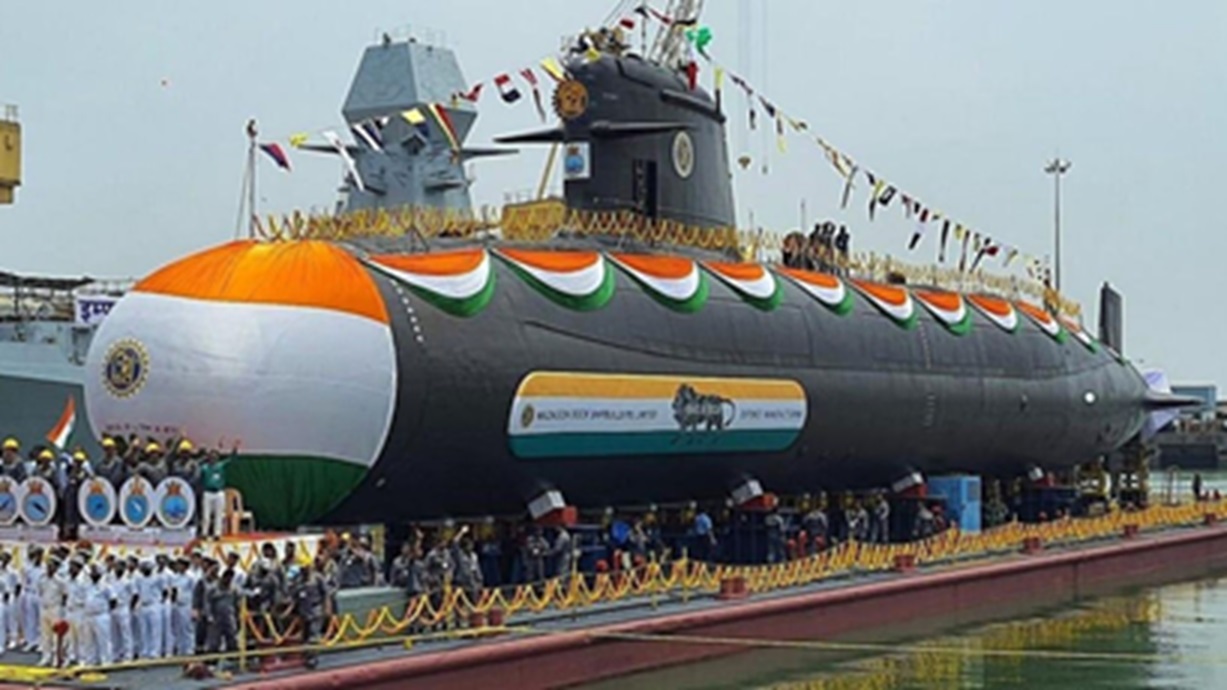The Reasi attack that resulted in the death of nine pilgrims and injuries to 43 others, demonstrates the complexity and multifaceted nature of security challenges in Jammu and Kashmir. It underscores the urgent need for a security strategy beyond military measures because the military may eliminate terrorists yet to root out terrorism altogether, a comprehensive and people-centric approach embedded in local politics and societal balance is required. Re-establishing a functional political framework, including restoration of the legislative assembly and statehood, is essential for a holistic security strategy
Terror’s Ugly Face Surfaces
The recent terrorist attack in Reasi, Jammu, and Kashmir, underscores the urgent need for a security strategy that goes beyond military measures. The region, particularly the Chenab Valley and Pir Panjal areas, has seen a surge in violence and infiltration over the past three years, with targeted attacks becoming increasingly frequent. The recent attack at Reasi, which resulted in the death of nine pilgrims and injuries to 43 others, demonstrates the complexity and multifaceted nature of security challenges in Jammu and Kashmir. The vulnerabilities have been exposed by the terrorist group The Resistance Front (TRF), an offshoot of the Pakistan-based Lashkar-e-Taiba (LeT), timed to send a message of security gaps to the Modi 3.0 government on the day of their oath-taking. The Reasi attack sends a clear message that while the military can eliminate terrorists, terrorism requires a comprehensive approach with people as the centre of gravity and embedded in local politics and societal balance. The Jammu and Kashmir region has not had a legislative Assembly since 2019 post abrogation of Article 370, resulting in a grassroots political void and the feedback loop to sensitise the security apparatus. Another aspect critical in the political process is restoring statehood at the earliest.
Fragility of Peace in J&K
The concept of peace is a nuanced process that the policymakers and the political leadership must understand, for conflict resolution. Often suppression of violence is mistaken as the establishment of peace. It has three stages.
- 1st Stage – ‘Enforced peace’ – Suppression of violence. This period is also called “negative peace” and is not enduring as fragile and time-sensitive.
- 2nd Stage – ‘Adequate peace’ when the rule of law and public order is restored. At this stage, violence is suppressed and appropriate to initiate the political process.
- 3rd Stage – ‘Enduring Peace’ – violence is eliminated, governance starts functioning, rehabilitation, deradicalisation, and capacity for peacebuilding are created to prevent conflict relapse.
Reasi has brought up that we are grappling between 1st and 2nd stages of peace. There is no doubt the abrogation of Article 370 along with the targeting of the terror financial system have had their effect in the valley. Tourism, higher voter turnout during Lok Sabha elections and lower terror rates define the valley, yet the fragility of peace remains at the 1st stage.
Historical Context and Current Challenges
The Chenab Valley comprises the Doda, Kishtwar, and Ramban districts, along with the Pir Panjal region, including Rajouri and Poonch districts. Reasi, a Hindu-majority district, assumes special significance due to the sacred Vaishno Devi shrine located in the Trikuta hills. The geographical features of the region, particularly the Pir Panjal range, provide militants with natural advantages. The difficult terrain and dense forests offer escape routes and hideouts, complicating counter-terrorist operations. The recent Reasi attack, where militants ambushed a bus carrying pilgrims, underscores the tactical use of this terrain by militant groups.
The Chenab Valley comprises the Doda, Kishtwar, and Ramban districts, along with the Pir Panjal region, including Rajouri and Poonch districts. Reasi, a Hindu-majority district, assumes special significance due to the sacred Vaishno Devi shrine located in the Trikuta hills. The geographical features of the region, particularly the Pir Panjal range, provide militants with natural advantages. The difficult terrain and dense forests offer escape routes and hideouts, complicating counter-terrorist operations
The Kotranka area of Rajouri was often the hotbed of militant activities in the 1990s. The focus thereafter shifted to the North of Pir Panjal only to return in 2021 to the south of it when terrorists killed nine soldiers in Poonch. The past three years have only seen an escalation in this sector. Since 2020, the thinning of troops in these areas, partly due to redeployments to the Line of Actual Control (LAC) amidst tensions with China, has left critical gaps. These gaps have been exploited by militants, who have intensified their attacks in the underdeveloped and challenging terrain of Rajouri, Poonch, and Reasi. Unlike the Kashmir Valley, which has a relatively developed road network, these hilly regions present significant logistical challenges for security forces.
Lack of Political Framework at the Foundational Level
The Reasi attack highlights the limitations of a purely military approach to security in Jammu and Kashmir. Effective counter-terrorism requires a comprehensive strategy that includes political engagement and societal stability. Historically, local politicians have played a crucial role in contextualizing ground realities and informing security strategies. In 2022 Reasi residents handed over LeT militants to the security forces. However, since the dissolution of the legislative assembly five years ago, this feedback loop has been missing. The absence of local political input has created a policy void, exacerbating the security situation. Re-establishing a functional political framework, including the restoration of the legislative assembly and statehood is essential for a societal balance and a holistic security strategy.
The Role of Pakistan and Militant Networks
Pakistan’s involvement in fomenting unrest in Jammu and Kashmir remains a significant factor. Groups such as the Lashkar-e-Taiba (LeT) and its proxy, The Resistance Front (TRF), continue to operate with impunity, leveraging local grievances and societal disruptions to sustain their activities. The FATF’s (Financial Action Task Force) scrutiny has pushed these groups to adopt more covert methods, but their presence and impact remain substantial.
The security forces will also have to review their counter-terror strategies especially south of Pir Panjal. Such killing of soft targets for high visibility payoffs will disrupt peace and impact the stability in the region. At the GoI level, Islamabad’s chameleon act must be exposed and the nation should be made accountable globally. Pak ISI remains a potent threat to the peace and their focus on brewing proxy war is a constant.
Our punitive deterrence strategy at the national level needs sharper teeth to strike hard, strike where it hurts, and hurt where it lasts. Mowing the lawn periodically is not the long-term solution. There is a component that is external and a component that is internal in this proxy war. Both will need a strategic review in the present context. Military force is an instrumentality to bring control and stability. The solution lies at the political level with a ‘Whole Nation’ approach.
The need is to make counter-terrorism efforts as a moral compass that acts as a bridge between people and the government. This can be done when there is Goodwill, Governance, and Inclusive Growth. “Development, Empowerment & Security” are the drivers for mainstreaming. Instilling a sense of citizen security as a culture for the nation and empowering communities and people is imperative. Village Defence Committees are one such solution
Strategic Reconstruct: Whole of Nation Approach
The need is to disable the capacity building of terror by denial of 3M – Men, Material, and Money. We need to target Ideology and Radicalism holistically. Anyone who supports, funds, or turns a blind eye to terror needs to be treated as abetting terrorism.
The need is to make counter-terrorism efforts as a moral compass that acts as a bridge between people and the government. This can be done when there is Goodwill, Governance, and Inclusive Growth. “Development, Empowerment & Security” are the drivers for mainstreaming. Instilling a sense of citizen security as a culture for the nation and empowering communities and people is imperative. Village Defence Committees are one such solution.
The need is for greater focus and policy continuity with focused budgeting and policy reforms. The national security strategy void remains glaring both for external and internal threats. Further, center-state and interstate coordination remain to be fine-tuned. Empowering state police and intelligence agencies with reforms, structures, and equipping for future threats remains much to be desired. Globally Pakistan must be exposed and made accountable.
Maintaining societal equilibrium is crucial for long-term stability in Jammu and Kashmir. Building trust among local communities and ensuring their active participation in governance is essential. This includes addressing legitimate grievances and ensuring equitable development. Societal stability acts as a deterrent to militant recruitment and support, thereby enhancing the effectiveness of security measures.
For the holistic approach, the socio-economic development of the region is required. It includes implementing development projects that benefit all communities, improving infrastructure, and creating job opportunities to reduce the appeal of militancy. Besides, local communities should be engaged to build trust and cooperation. This includes addressing issues such as the Scheduled Tribes status controversy through dialogue and consensus-building
The Way Forward: Integrating Security and Development
Addressing the security challenges in Jammu and Kashmir requires an integrated approach that combines military, political, and developmental strategies. Key components of this approach should include:
- Enhanced Security Measures: Strengthening the counter-infiltration grid and increasing troop presence in vulnerable areas, especially in the mountainous regions south of the Pir Panjal range.
- Political Engagement: Restoring the legislative assembly and ensuring local political representation to provide a feedback loop for policy decisions and to address local grievances effectively. Restore statehood.
- Socio-Economic Development: Implementing development projects that benefit all communities, improving infrastructure, and creating job opportunities to reduce the appeal of militancy.
- Community Involvement: Engaging with local communities to build trust and cooperation. This includes addressing issues like the Scheduled Tribe status controversy through dialogue and consensus-building.
- Countering Psychological Warfare: Developing counter-narratives and leveraging social media to combat militant propaganda and reduce fear among the populace.
- Regional Cooperation: Working with international partners to maintain pressure on Pakistan to dismantle militant networks and comply with international norms.
- Institutionalise a National Citizens Security Culture: Empower the people to be the eyes and ears of the security mechanism and provide abilities as first responders to challenges by militants. The need is for a people-centric approach to security.
Conclusion
The Reasi attack is a stark reminder of the complex and evolving nature of security challenges in Jammu and Kashmir. It highlights the limitations of a purely military approach and the need for a comprehensive strategy that integrates political, military, societal, and developmental dimensions. Only through such an integrated approach can long-term peace and stability be achieved in Jammu and Kashmir.
Title image courtesy: Jagran
Disclaimer: The views and opinions expressed by the author do not necessarily reflect the views of the Government of India and Defence Research and Studies
Article Courtesy: Raksha Anirveda









